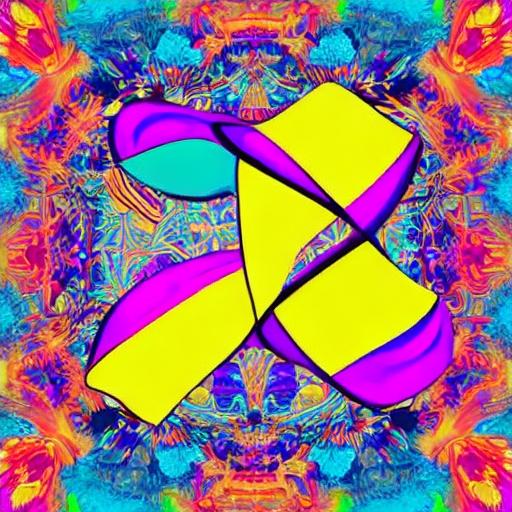Non-Fungible Tokens, more commonly known as NFTs, have taken the world by storm in recent years, ushering in a new era for digital art and collectibles. But where did it all begin? Let’s take a journey into the origin story of NFTs.
The concept of NFTs can be traced back to the early 2010s when developers and tech enthusiasts were exploring ways to authenticate and prove ownership of digital assets. It was clear that traditional means of ownership, such as physical certificates or receipts, wouldn’t suffice in the digital realm.
In 2012, a project called Colored Coins emerged, which aimed to use the Bitcoin blockchain to create and manage digital assets. While Colored Coins did not specifically focus on non-fungible tokens, it laid the groundwork for the idea of representing unique digital items using blockchain technology.

Fast forward to 2017, and the advent of the Ethereum blockchain brought about a significant breakthrough for NFTs. Ethereum’s smart contracts allowed developers to create and interact with digital assets on the blockchain, opening up endless possibilities for unique digital ownership.
One of the earliest adopters of NFTs on Ethereum was the crypto-collectibles game CryptoKitties. Launched in late 2017, CryptoKitties allowed users to buy, sell, and breed unique virtual cats, each represented as an NFT. The game gained massive popularity, causing congestion on the Ethereum network and highlighting the potential of NFTs as a valuable asset class.
As NFTs began to gain traction, artists and creators quickly recognized the opportunity to monetize their digital creations. In 2018, digital artist Beeple, also known as Mike Winkelmann, started selling his artwork as NFTs. Beeple’s groundbreaking auction, “The First 5000 Days,” sold for a staggering $69 million in 2021, bringing widespread attention to the world of NFTs.
The rise of NFT marketplaces further propelled the movement. Platforms like OpenSea, Rarible, and SuperRare emerged, providing a space for artists and collectors to buy, sell, and trade NFTs. These marketplaces function much like traditional art galleries, showcasing a wide range of digital artwork, virtual real estate, music, and even virtual sneakers.
NFTs have also found their way into industries beyond art and collectibles. In the world of gaming, NFTs offer a new level of ownership and scarcity for in-game items. Players can buy and sell unique weapons, skins, and even virtual land, creating a thriving virtual economy.
The concept of NFTs has not been without controversy. High-profile cases of copyright infringement and environmental concerns related to the energy consumption of blockchain have raised questions about the sustainability and authenticity of NFTs. However, proponents argue that NFTs provide artists with new revenue streams, empower creators, and enable digital ownership like never before.
As the NFT space continues to evolve, we can expect to see innovative use cases and further exploration of the intersection between technology, art, and ownership. NFTs offer a glimpse into the future of digital assets, where the line between physical and virtual ownership becomes increasingly blurred.
